In security surveillance, the difference between a usable camera and a useless one often comes down to a single component: the image sensor. Think of it as the camera’s “eye”—it converts light (from sunlight, streetlights, or IR) into electrical signals that become the footage you rely on for investigations, threat detection, and peace of mind.

A retail store’s camera might miss a shoplifter’s face because its sensor can’t handle low light. A traffic camera could blur a license plate because its sensor lacks global shutter. A city’s smart camera might lag on facial recognition because its sensor isn’t AI-enabled. At Hector Weyl, we’ve spent years refining how we select, tune, and integrate image sensors—turning off-the-shelf components into tailored solutions for retail, city, industrial, and residential security.
In this guide, we’ll trace the evolution of image sensors (from CCD’s analog era to CMOS’s AI-driven present), break down key technical specs (and what they mean for your security), and explain how Hector Weyl leverages the latest sensor tech to solve real-world surveillance challenges. By the end, you’ll know exactly what to look for in a sensor—and why not all “5MP cameras” perform the same.
1. The Evolution of Image Sensors: From Analog CCD to Smart CMOS
Image sensors have come a long way since the first security cameras hit the market in the 1970s. Their evolution tracks the shift from grainy analog footage to crisp, AI-powered digital streams—and each leap addressed critical pain points for security professionals.
1.1 The CCD Era (1970s–2010s): Analog Reliability, But Limited Scalability
Charge-Coupled Devices (CCDs) were the first mass-produced image sensors, invented at Bell Labs in 1969 (and later awarded the Nobel Prize in Physics in 2009). For decades, they dominated security systems because they delivered:

- Low noise: CCDs transfer electrical charges sequentially to a single output node, resulting in smooth, consistent footage—critical for analog cameras that lacked digital noise reduction.
- High sensitivity: Early CCDs performed well in dim light (e.g., Sony’s iconic ICX639, used in 2000s analog cameras, handled 0.1 lux conditions).
But as security systems went digital (IP cameras, NVRs, cloud storage), CCDs revealed fatal flaws for modern use:
- High power consumption: CCDs needed 2–3x more power than CMOS sensors, making them impractical for PoE (Power over Ethernet) cameras or battery-powered devices.
- Slow readout speed: CCDs couldn’t capture fast-moving objects (e.g., speeding cars) without blur, and their slow data transfer made them incompatible with high-resolution (4K+) streaming.
- Poor integration: CCDs required external chips for analog-to-digital conversion (ADC) and noise reduction, increasing camera size and cost.
By 2017, Sony—once the largest CCD manufacturer—ceased production. Today, CCDs are limited to niche uses (e.g., medical imaging, high-end scanners) where analog precision still matters. For security? They’re obsolete.
1.2 The CMOS Revolution (2010s–Present): Digital Power for Modern Security
Complementary Metal-Oxide-Semiconductor (CMOS) sensors were invented in 1963, but early models suffered from high noise and inconsistent image quality—making them a non-starter for security. That changed in the 2010s, thanks to two breakthroughs:
- On-pixel ADC: Each CMOS pixel got its own analog-to-digital converter, eliminating the need for external chips and speeding up readout.
- Back-Illuminated (BSI) design: Light hit the sensor’s photodiode directly (instead of passing through wiring), boosting sensitivity by 30% vs. front-illuminated (FSI) CMOS.
These innovations turned CMOS into the backbone of modern security. For Hector Weyl, CMOS’s advantages aligned perfectly with our customers’ needs:
- Low power: CMOS sensors use 50–70% less power than CCDs, enabling PoE cameras (e.g., our NightColor NC-2MP10 runs on 12W PoE) and long-lasting battery cameras.
- Fast readout: CMOS handles 60–120fps streaming, critical for traffic cameras or sports stadium surveillance (no more blurry license plates or moving crowds).
- AI integration: Modern CMOS sensors (like Sony’s IMX500) include embedded neural processing units (NPUs), letting cameras run facial recognition or intrusion detection on-edge (no cloud latency).
By 2020, CMOS sensors accounted for 99% of security camera sales—and their dominance continues to grow.
2. CCD vs. CMOS: A Security-Focused Comparison
It’s not enough to know “CMOS replaced CCD”—you need to understand why this matters for your security system. Below is a side-by-side breakdown of key features, with a focus on real-world security use cases.

| Feature | CCD Sensor | CMOS Sensor | Security Impact |
|---|---|---|---|
| Resolution | Moderate (max 5MP for security) | High (up to 12MP/4K/8K) | CMOS enables 4K/8K cameras (e.g., Hector Weyl NC-4K20) for detailed facial/license plate capture. |
| Low-Light Performance | High (0.1–0.5 lux) | Moderate-High (0.0002–0.5 lux, with BSI/Starvis) | Modern CMOS (e.g., Sony IMX482) outperforms CCDs in starlight (0.0002 lux)—critical for rural surveillance. |
| Noise Level | Low (smooth analog output) | Moderate (reduced with AI noise reduction) | Hector Weyl’s custom ISP (Image Signal Processor) cuts CMOS noise by 40%, matching CCD smoothness. |
| Power Consumption | High (5–10W) | Low (1–3W) | CMOS lets cameras run on PoE or batteries (e.g., Hector Weyl’s battery-powered NC-BAT2MP lasts 6 months). |
| Readout Speed | Slow (15–30fps) | Fast (30–120fps) | CMOS captures fast-moving objects (e.g., cars, trespassers) without blur—essential for traffic/industrial security. |
| Integration | Low (needs external ADC/noise chips) | High (on-pixel ADC, NPU, WDR) | All-in-one CMOS design reduces camera size (e.g., Hector Weyl’s mini-dome camera fits in tight spaces). |
| Cost | High ($20–$50 per sensor) | Low ($5–$25 per sensor) | CMOS lowers camera costs, making 4K accessible for small businesses. |
| Best For | Legacy analog systems, niche precision uses | All modern security (IP, AI, PoE, battery) | CMOS is the only choice for smart security systems—Hector Weyl uses it exclusively. |
3. Leading Image Sensor Brands & Hector Weyl’s Go-To Models
Not all CMOS sensors are equal. A “2MP sensor” from a generic brand might fail in 0.1 lux, while a Sony Starvis 2MP sensor thrives in 0.07 lux. Below are the top brands in security, their flagship models, and how Hector Weyl integrates them into our products.
3.1 Sony: The Gold Standard for Security Sensors
Sony dominates the security sensor market, thanks to its Starvis (starlight) and Starvis 2 lines—designed specifically for low-light and high-dynamic-range (HDR) surveillance. Hector Weyl relies on Sony for our premium cameras, as their sensors deliver consistent performance in harsh conditions.
| Sony Model | Resolution | Key Features | Hector Weyl Product Integration | Security Use Case |
|---|---|---|---|---|
| IMX290 | 2MP | Starvis, DOL-HDR (120dB), 120fps | HW-PTZ10 (PTZ camera): Captures fast-moving objects (e.g., warehouse forklifts) with HDR for bright/dark contrast. | Industrial surveillance, parking lots |
| IMX335 | 5MP | Starvis, DOL-HDR, 30fps | NC-5MP30 (dome camera): 5MP detail for retail shelf monitoring + low-light performance for evening hours. | Retail stores, small businesses |
| IMX415 | 4K (8MP) | Starvis 2, 60fps, 140dB HDR | NC-4K20 (bullet camera): 4K clarity for license plates + Starvis 2 for starlight (0.08 lux) roads. | Traffic cameras, highways |
| IMX500 | 4K (8MP) | AI NPU (on-edge processing), Starvis 2 | HW-AI8K (smart camera): Runs facial recognition/intrusion detection locally (no cloud latency). | Smart cities, high-security facilities (banks, airports) |
3.2 OmniVision: Cost-Effective Performance for Mid-Range Systems
OmniVision (OV) offers a balance of performance and value—ideal for customers who need 4K or 5MP without the Sony price tag. Hector Weyl uses OmniVision in our mid-range cameras to make high resolution accessible.
| OmniVision Model | Resolution | Key Features | Hector Weyl Product Integration | Security Use Case |
|---|---|---|---|---|
| OS08A10 | 4K (8MP) | 60fps, 120dB HDR, low power | NC-4K10 (entry-level 4K camera): 4K streaming for residential driveways at a budget. | Home security, small offices |
| OS05A10 | 5MP | 60fps, 110dB HDR, compact design | HW-MINI5MP (mini-dome camera): Fits in tight spaces (e.g., elevator cars) with 5MP detail. | Elevators, retail fitting rooms |
3.3 Chinese & Taiwanese Brands: Localized Value for Large-Scale Projects
For large deployments (e.g., 1,000+ camera smart cities), cost and supply chain stability matter. Chinese brands like SmartSens and GalaxyCore offer reliable sensors that meet security standards—with the added benefit of faster lead times for Asia-based projects. Hector Weyl partners with these brands for custom, high-volume orders.
| Brand | Model | Resolution | Key Strengths | Hector Weyl Use Case | |
|---|---|---|---|---|---|
| SmartSens | SC530AI | 2MP | AI-based WDR, 0.01 lux low-light | Custom city surveillance cameras (10,000+ units for Shenzhen suburbs). | Smart cities, residential complexes |
| GalaxyCore | GC4653 | 5MP | Low cost, 100dB HDR, IP67-rated | Entry-level dome cameras for factory floors (dust/water-resistant). | Industrial facilities, warehouses |
3.4 Other Notable Brands
- ON Semiconductor (Aptina): Known for global shutter sensors (e.g., AR0234) that eliminate motion blur—used in Hector Weyl’s high-speed traffic cameras.
- PixArt (Taiwan): Specializes in low-power sensors for battery cameras (e.g., PA1290)—used in our NC-BAT2MP (battery-powered outdoor camera).
4. Key Sensor Parameters: What to Look for in Security Cameras
When evaluating a security camera, don’t just focus on “megapixels”—the sensor’s technical specs determine real-world performance. Below are the critical parameters Hector Weyl tests for, and what they mean for your security.
4.1 Low-Light Performance (SNR1s): The “Starlight” Metric
Low-light performance is the most important spec for security—most crimes happen after dark. It’s measured by SNR1s (Signal-to-Noise Ratio at 1 lux equivalent): the illuminance (in lux) where the sensor’s signal equals noise. A lower SNR1s means better low-light performance.
- 0.1–0.5 lux: Basic low-light (works under streetlights).
- 0.01–0.1 lux: Starlight-grade (works under moonlight).
- <0.01 lux: Ultra-low-light (works under starlight—e.g., Sony IMX482 at 0.07 lux).
Hector Weyl tests SNR1s in our in-house dark room (mimicking 0.0002 lux starlight) to ensure cameras perform as advertised. For example, our NC-2MP10 (Sony IMX482) has an SNR1s of 0.07 lux—capturing full-color footage in environments where human eyes see only darkness.
4.2 Dynamic Range (WDR/DOL-HDR): Handling Bright & Dark Contrast
Dynamic range (DR) is the sensor’s ability to capture detail in both bright and dark areas (e.g., a lit storefront next to a dark alley). Security cameras use two technologies:
- WDR (Wide Dynamic Range): Combines multiple exposures (bright/dark) to create a balanced image (100–120dB).
- DOL-HDR (Digital Overlap HDR): Captures overlapping bright/dark frames in real time (120–140dB)—faster and more seamless than WDR.
Hector Weyl prioritizes DOL-HDR for outdoor cameras (e.g., NC-4K20 uses Sony IMX415’s 140dB DOL-HDR) to avoid washed-out storefronts or blacked-out alleys.
4.3 Sensor Size & Pixel Size: Why “Bigger Pixels = Better Low-Light”
Sensor size (e.g., 1/1.8”, 1/2.8”) and pixel size (e.g., 2.9µm, 5.8µm) are more important than megapixels for low-light performance. Here’s why:
- Pixel size: Larger pixels (e.g., 5.8µm in Sony IMX482) capture more light than smaller pixels (e.g., 1.85µm in a 12MP 1/2.8” sensor).
- Sensor size: A larger sensor (e.g., 1/1.8”) can fit bigger pixels, even at the same resolution.
| Sensor Size | Pixel Size (2MP Sensor) | SNR1s (Lux) | Best For |
|---|---|---|---|
| 1/2.8” | 2.9µm | 0.24 | Indoor cameras (offices, homes) |
| 1/2” | 3.75µm | 0.13 | Outdoor cameras (streetlights, parking lots) |
| 1/1.8” | 5.8µm | 0.07 | Starlight cameras (rural areas, unlit yards) |
Hector Weyl’s NC-2MP10 uses a 1/1.2” sensor with 5.8µm pixels—its large pixel size is why it outperforms smaller sensors in starlight.
4.4 Global Shutter vs. Rolling Shutter: No More Motion Blur
For cameras capturing fast-moving objects (e.g., traffic, sports), the shutter type matters:
- Rolling Shutter: Reads pixels row by row (like a scanner)—causes “jello effect” (e.g., tilted license plates on speeding cars).
- Global Shutter: Reads all pixels at once—eliminates motion blur, critical for high-speed security.
Hector Weyl uses global shutter sensors (e.g., ON Semiconductor AR0234) in our traffic cameras to ensure crisp license plate capture, even at 100km/h.
4.5 NIR Sensitivity: Night Vision That Works
Most security cameras use near-infrared (NIR) LEDs for night vision—so the sensor’s ability to detect NIR light is key. Look for:
- NIR quantum efficiency: % of NIR photons converted to signals (target: >60%).
- Cut filter: A removable IR cut filter lets the sensor switch between color (day) and NIR (night).
Hector Weyl’s cameras have dual-band IR cut filters and NIR quantum efficiency of 70%—ensuring clear black-and-white night vision when color isn’t possible.
5. The Great Debate: Large Sensor vs. High Resolution?
Security professionals often ask: “Should I choose a larger sensor (for low-light) or higher resolution (for detail)?” The answer depends on your use case—Hector Weyl’s approach is to “match the sensor to the mission.”
5.1 When to Prioritize a Large Sensor (Bigger Pixels)
Choose a large sensor (e.g., 1/1.8”) with moderate resolution (2MP–4K) if:
- Your camera is outdoors (no streetlights, rural areas).
- You need to capture details in low light (e.g., facial features at night).
- Motion blur is a concern (large pixels = faster readout).
Example: A parking lot camera using a 1/1.8” 2MP sensor (5.8µm pixels) will capture clearer license plates at night than a 1/2.8” 5MP sensor (1.85µm pixels)—the larger pixels collect more light, even with fewer megapixels.
5.2 When to Prioritize High Resolution
Choose high resolution (4K–8K) with a smaller sensor if:
- Your camera is indoors (consistent lighting, e.g., retail stores).
- You need to zoom in on details (e.g., reading product labels in a theft investigation).
- Low light isn’t a concern (well-lit areas).

Example: A retail store’s ceiling camera using a 1/2.8” 5MP sensor can monitor 4 checkout lanes at once, and zoom in to see a shoplifter’s face—all in well-lit conditions.
5.3 Hector Weyl’s Compromise: Balanced Sensors for Most Use Cases
For 80% of security scenarios (e.g., residential, small business, urban outdoor), we recommend a 1/2” 4K sensor (e.g., Sony IMX385):
- 4K resolution for detail.
- 3.75µm pixels for decent low-light performance (SNR1s 0.13 lux).
- Compact size for easy installation.
Our NC-4K10 camera uses this sensor—and it’s our best-selling model for a reason: it works in most environments, without compromising on detail or low-light performance.
6. Technological Milestones: How Sensor Innovation Drives Security Progress
Each breakthrough in sensor tech opens new possibilities for security. Below are key milestones (focused on Sony, the industry leader) and how they transformed Hector Weyl’s products.
| Year | Milestone | Technical Breakthrough | Security Impact | Hector Weyl Application |
|---|---|---|---|---|
| 2007 | Column-Parallel ADC | ADCs integrated into sensor columns, reducing noise by 25%. | First low-noise CMOS sensors for security—replaced CCDs in indoor cameras. | Early IP cameras (e.g., HW-IP2MP) with smoother footage. |
| 2009 | Back-Illuminated (BSI) CMOS | Wiring moved to the back of the sensor, boosting light capture by 30%. | Starlight cameras became possible—color footage in 0.1 lux. | Launch of our first NightColor camera (NC-2MP01) for low-light retail. |
| 2012 | Stacked CMOS | Sensor and processing chips stacked vertically, reducing size by 40%. | Compact 4K cameras—no more bulky enclosures. | HW-MINI4K (mini-dome camera) for tight spaces like elevators. |
| 2015 | Cu-Cu Bonding | Copper-copper bonding improved data transfer speed by 2x. | Faster readout—60fps 4K streaming for motion capture. | Traffic cameras (HW-TRAFFIC4K) with blur-free license plates. |
| 2020 | AI-Embedded Sensors (Sony IMX500) | On-sensor NPU for edge AI processing. | Cameras run facial recognition/intrusion detection locally—no cloud latency. | HW-AI8K (smart camera) for smart cities, reducing cloud costs. |
| 2023 | Starvis 3 (Beta) | 1.5µm pixels with SNR1s <0.05 lux—smaller pixels, better low-light. | 8K cameras with starlight performance—detail + low-light in one. | Upcoming NC-8K30 camera for high-security facilities. |
7. Future Trends: What’s Next for Security Image Sensors?
The future of image sensors will make security cameras smarter, more efficient, and more adaptable. Here’s what Hector Weyl is watching (and developing):
7.1 3D Image Sensors
3D sensors (using time-of-flight, or ToF, technology) measure distance to objects—enabling:
- People counting: Accurate foot traffic data for retail.
- Fall detection: Alerting staff if a senior citizen falls in a nursing home.
- Gesture control: Security guards adjusting PTZ cameras via hand gestures.
Hector Weyl is testing ToF sensors in our next-gen AI cameras—expected to launch in 2026.
7.2 Multi-Spectral Sensors
These sensors capture more than just visible light—they detect IR, thermal, and even UV radiation. For security, this means:
- Fire detection: Thermal sensors spot hotspots before smoke is visible.
- Hidden object detection: UV sensors reveal hidden marks (e.g., stolen goods marked with UV ink).
We’re partnering with OmniVision to integrate multi-spectral sensors into industrial cameras for factories and warehouses.
7.3 Self-Cleaning Sensors
Dust, rain, and dirt degrade sensor performance—especially in outdoor cameras. Future sensors will have:
- Nanocoatings: Repel water and dust, reducing maintenance.
- Self-calibration: Automatically adjust for dirt buildup, ensuring consistent image quality.
Hector Weyl’s 2025 outdoor cameras will include nanocoated sensors—cutting maintenance costs by 50%.
8. Conclusion: Why Sensors Are Hector Weyl’s Secret Sauce
Image sensors aren’t just components—they’re the foundation of a security system that works when you need it most. The evolution from CCD to CMOS has enabled feats once thought impossible: full-color starlight footage, on-edge AI, and battery-powered 4K cameras.
At Hector Weyl, we don’t just “use” sensors—we optimize them. We test every sensor in our in-house labs (mimicking -40℃ cold, 50℃ heat, and 0.0002 lux starlight) to ensure it meets our standards. We tune our ISP to reduce noise, adjust IR cut filters for NIR sensitivity, and match sensors to specific use cases (large sensors for rural areas, high-res for retail).
Whether you’re protecting a home, a store, or a city, the right sensor makes all the difference. With Hector Weyl, you’re not just buying a camera—you’re buying a sensor that’s been rigorously tested, tailored to your needs, and built to perform when it matters most.
Ready to Find the Right Sensor for Your Security System?
Hector Weyl offers a range of cameras with sensors optimized for every scenario:
- Low-Light: NC-2MP10 (Sony IMX482, SNR1s 0.07 lux)
- High-Resolution: NC-8K30 (upcoming Starvis 3, 8K)
- AI-Enabled: HW-AI8K (Sony IMX500, on-edge facial recognition)
Contact our team for a free sensor consultation—we’ll help you choose the perfect camera for your security needs.


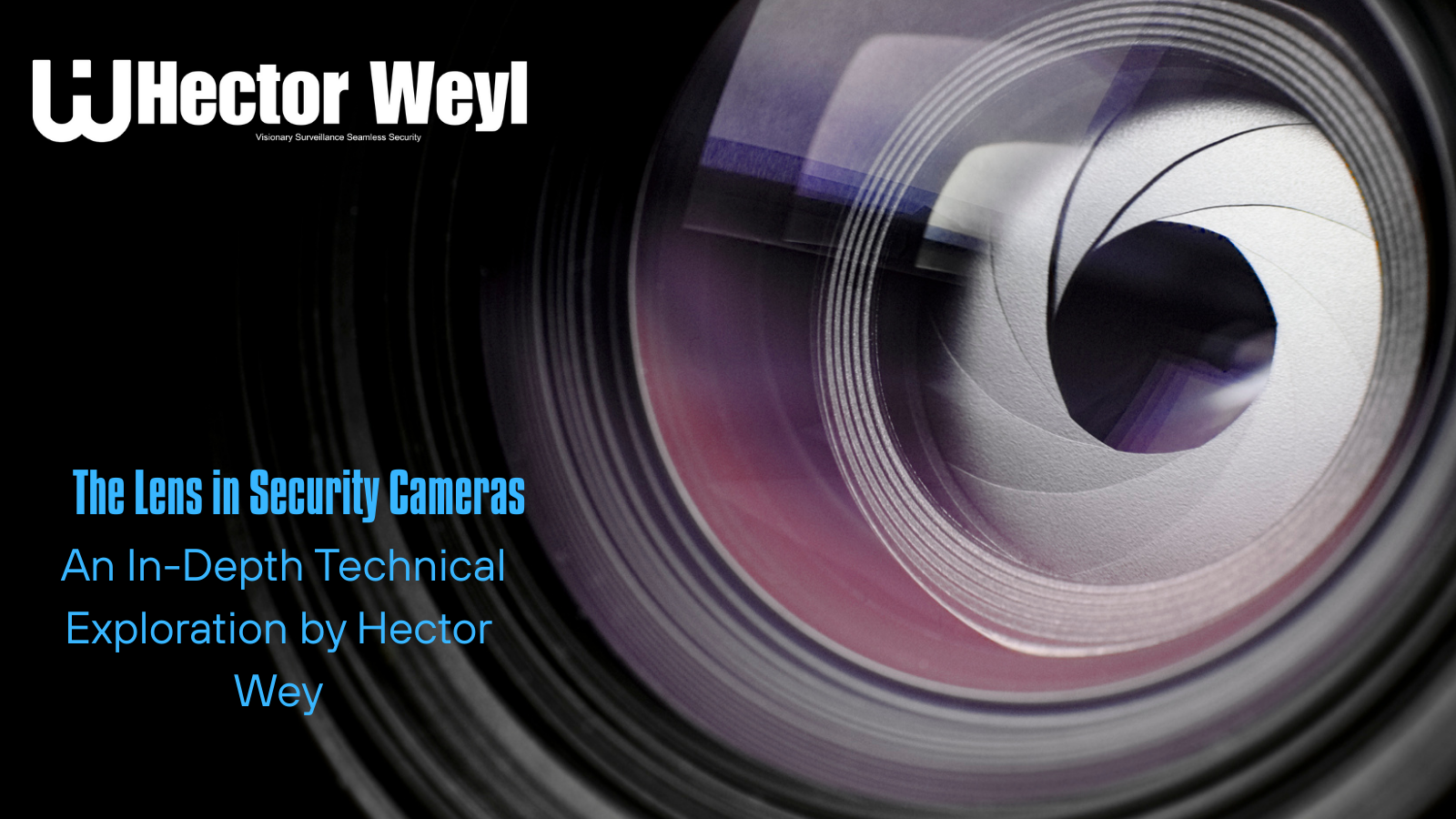
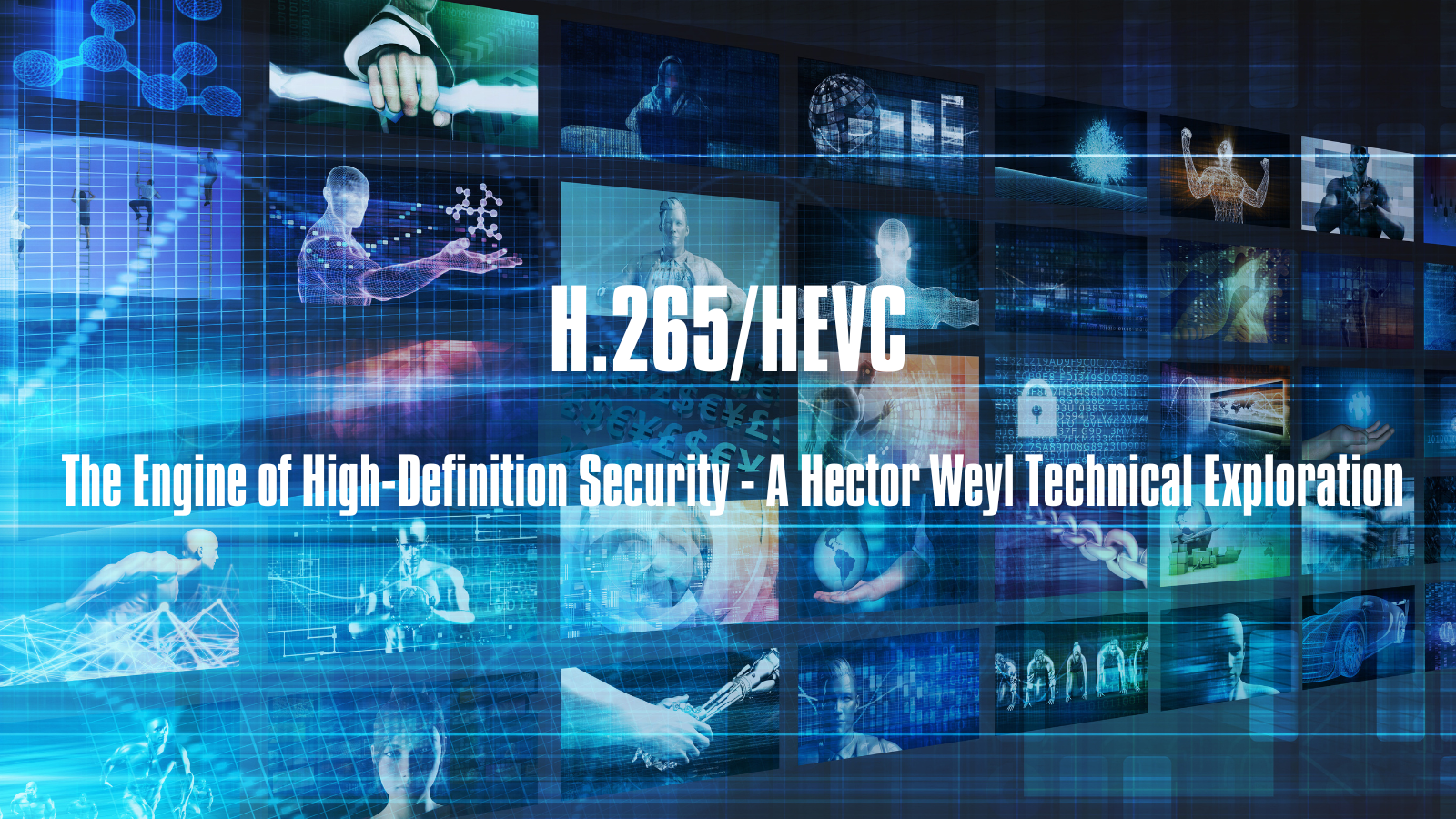
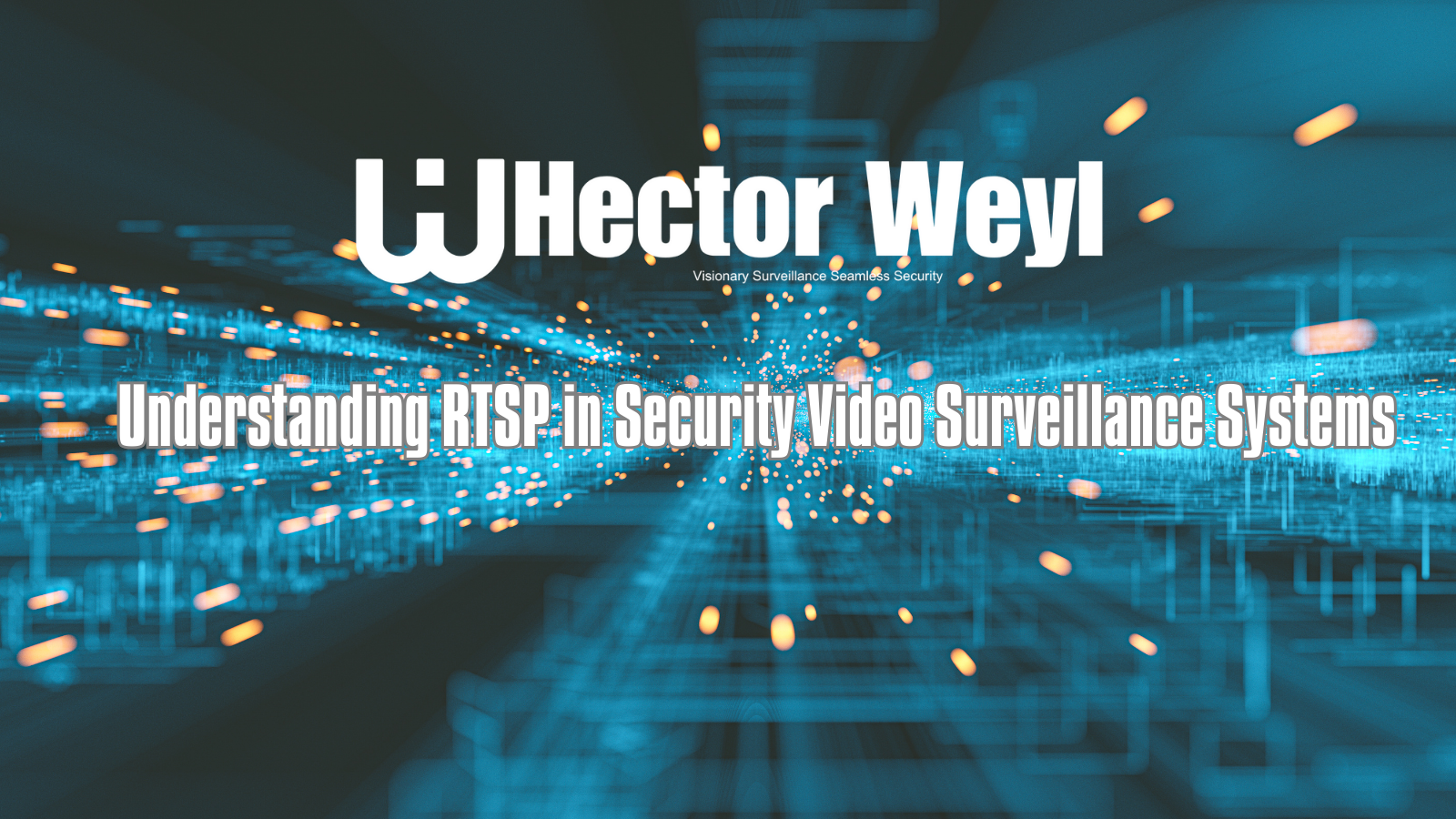
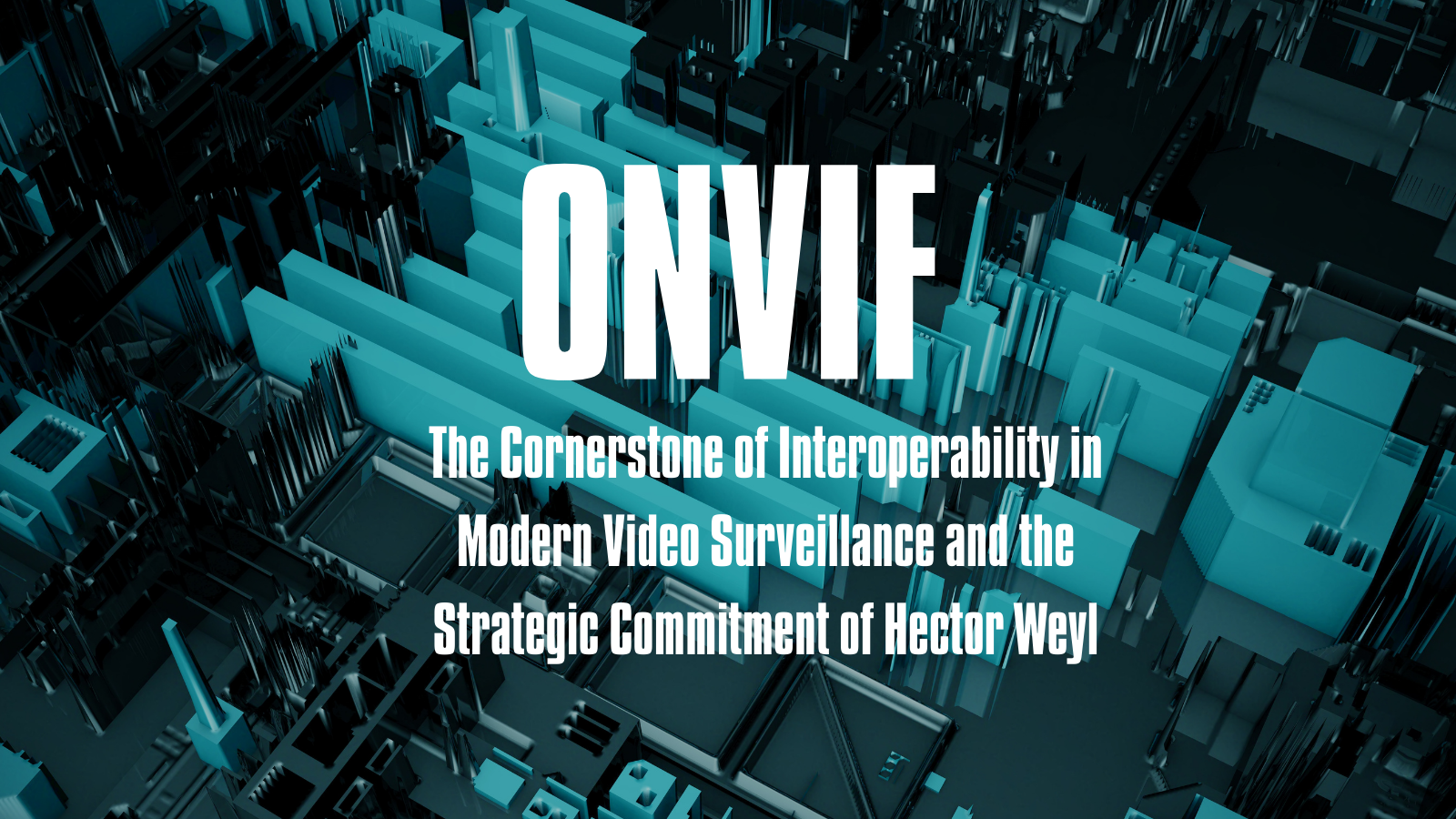
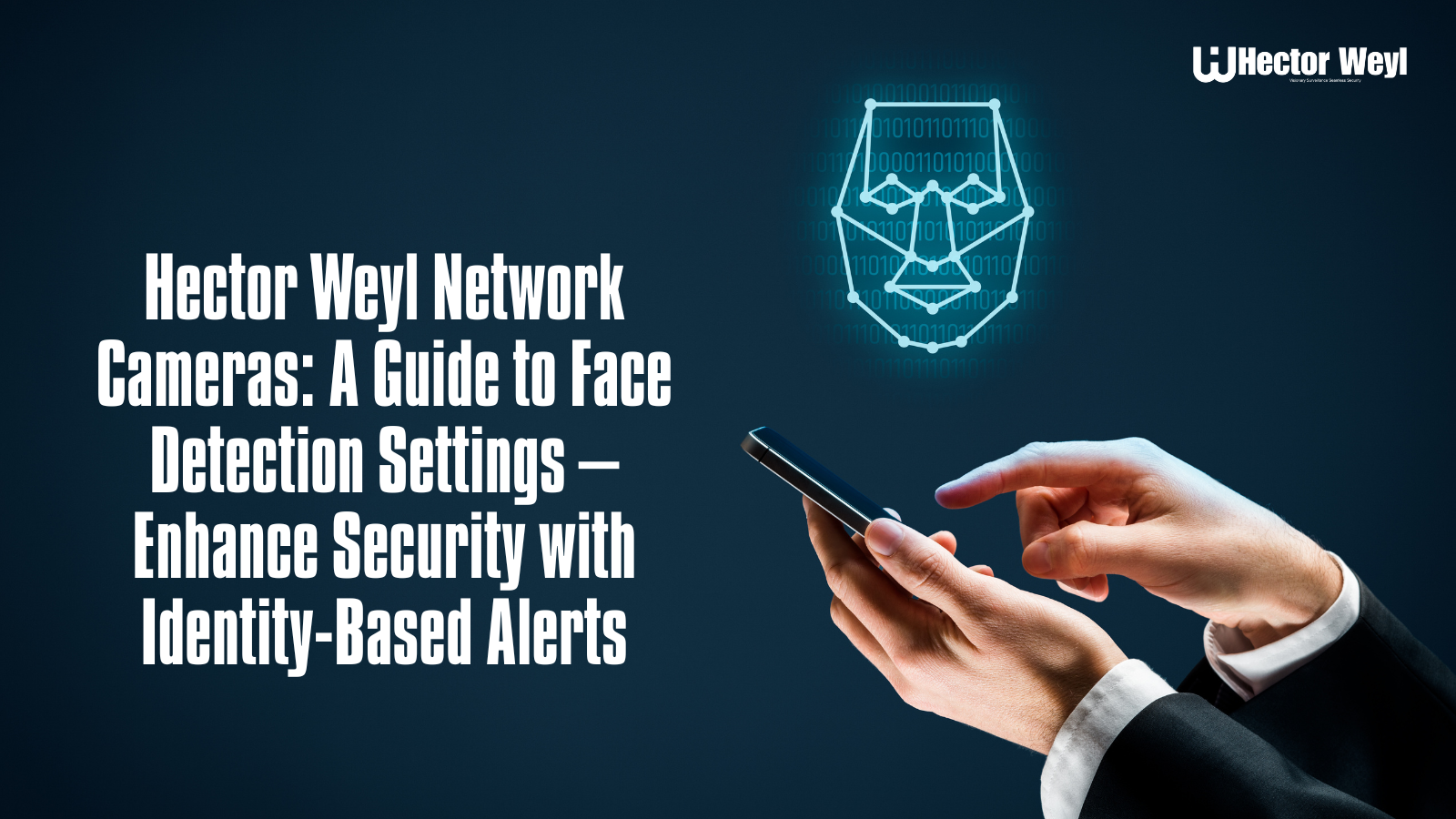
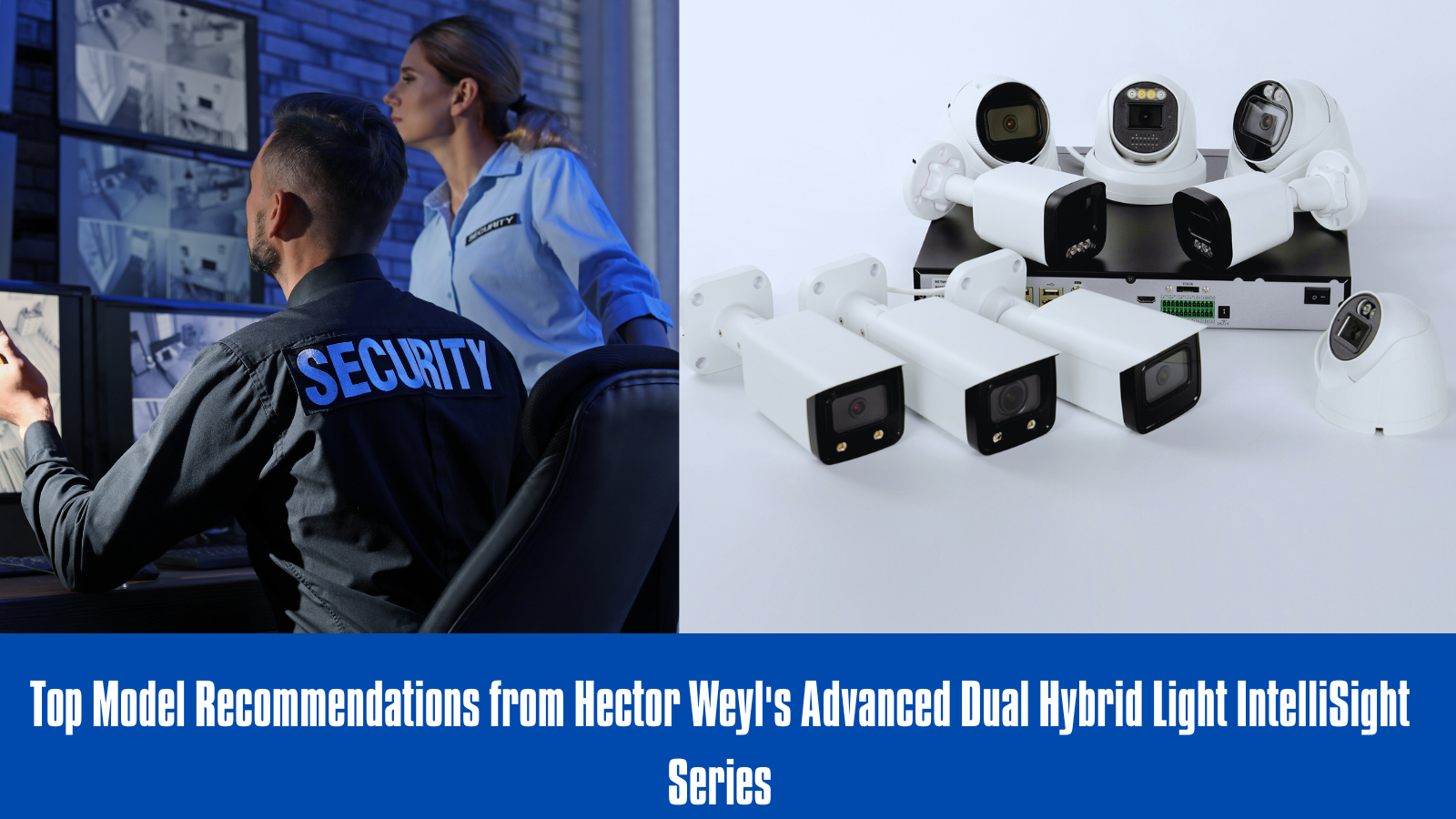

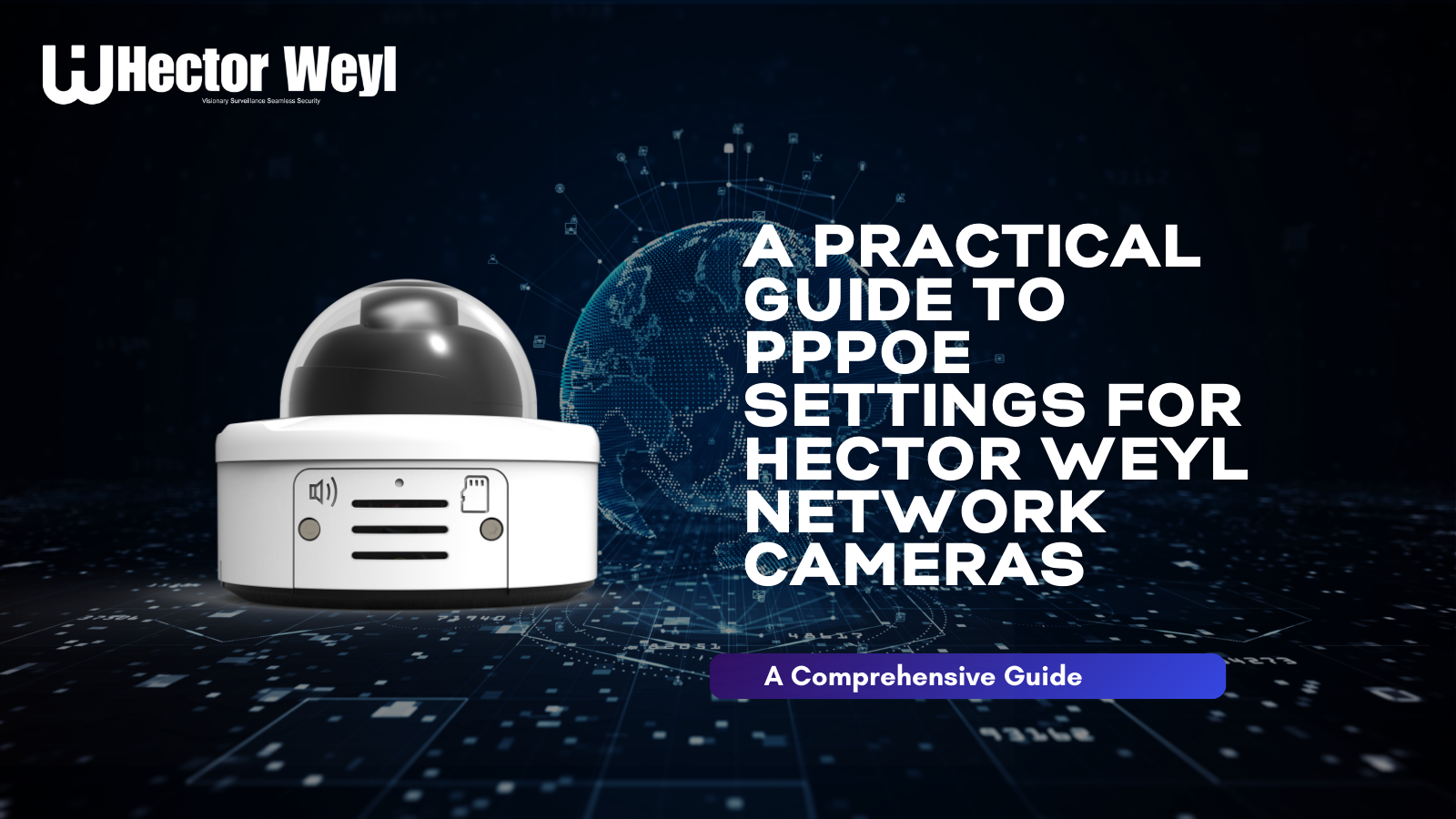
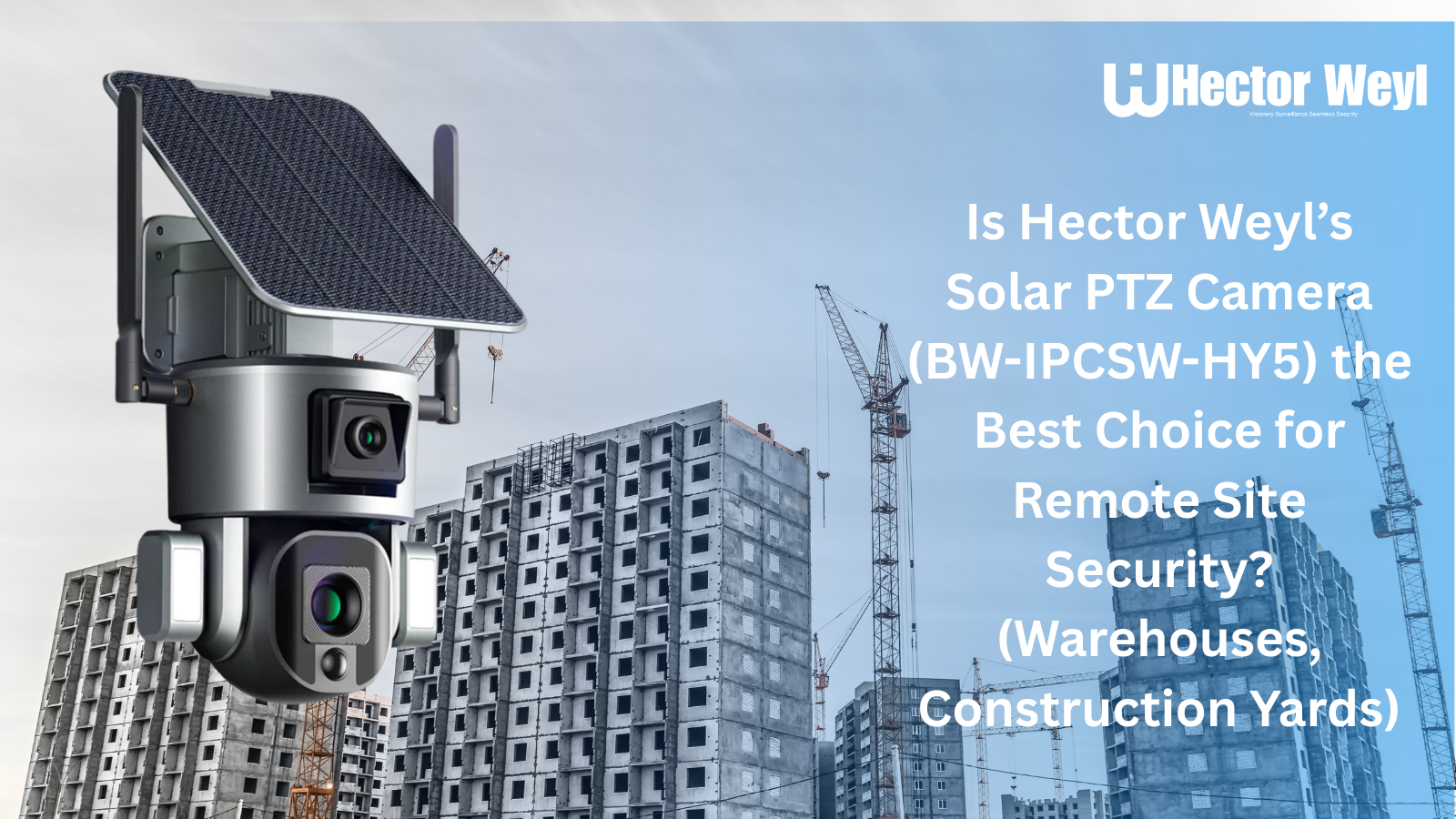

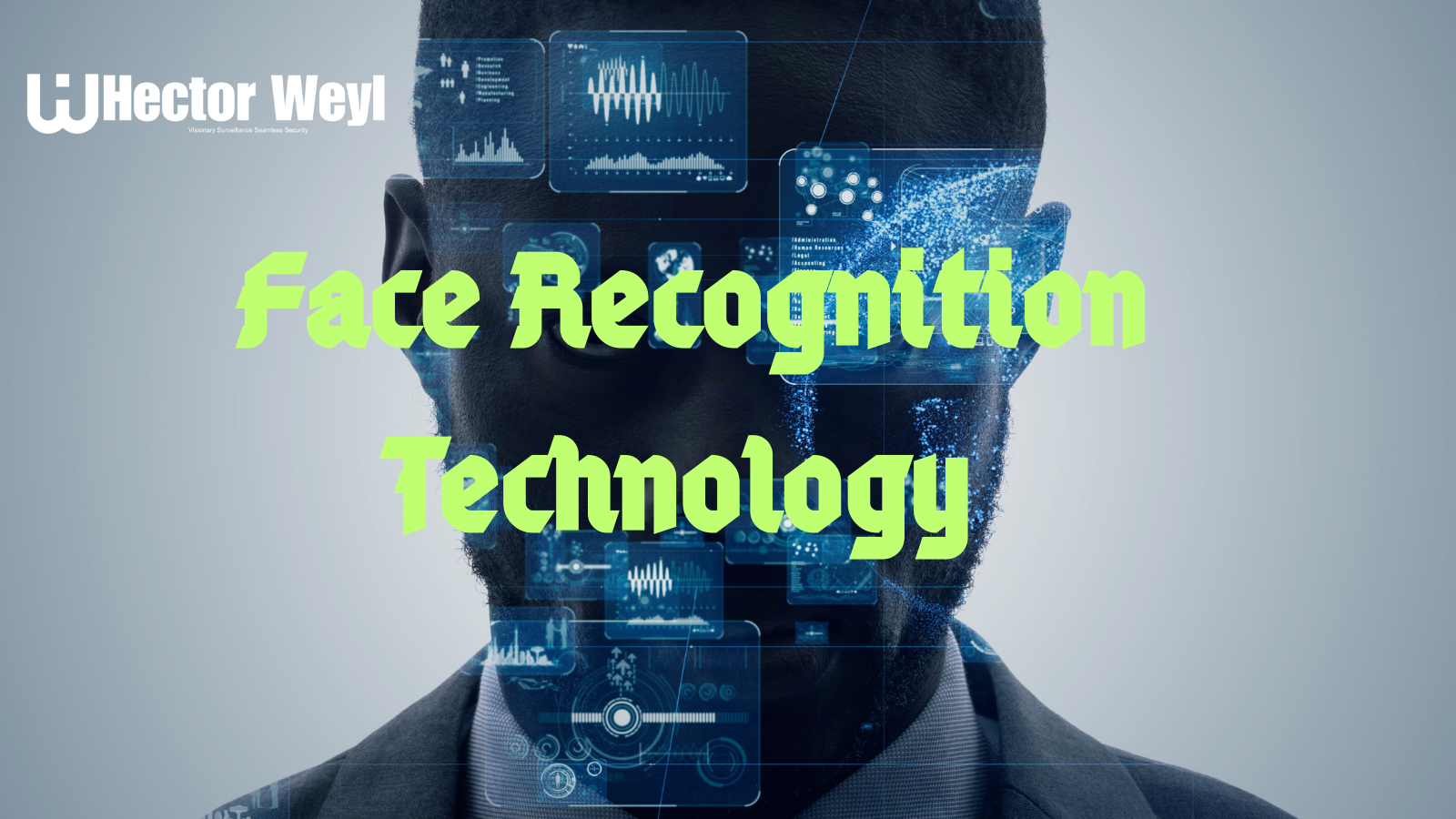
Share:
Hector Weyl Network Cameras: A Guide to Face Detection Settings – Enhance Security with Identity-Based Alerts
ONVIF: The Cornerstone of Interoperability in Modern Video Surveillance and the Strategic Commitment of Hector Weyl